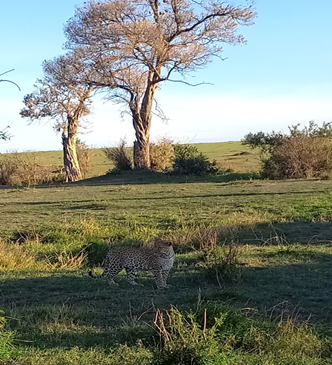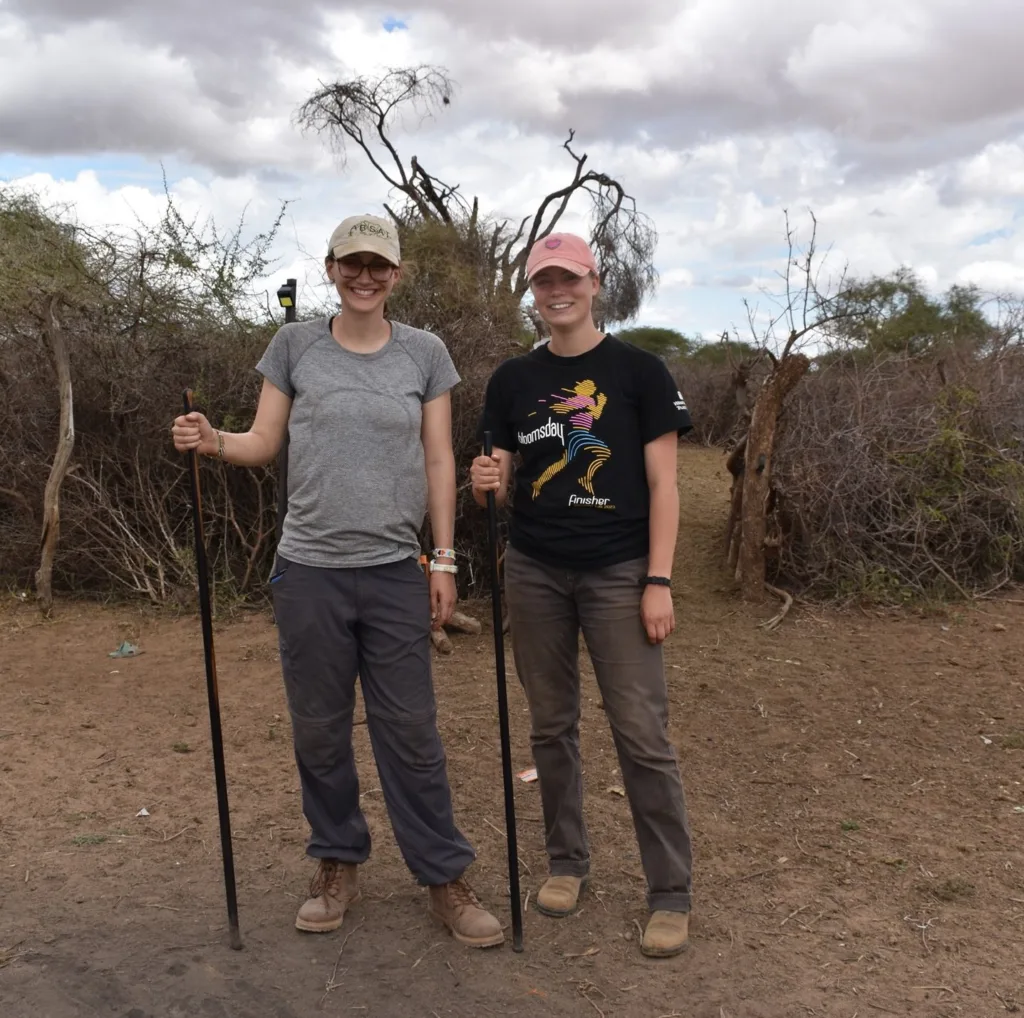Adventures in the Amazon
Ten hours on the Madre de Dios River is exhausting; yet, the journey to Manu Wildlife Center deep in the jungles of Peru was well worth the wait. This particular slice of biodiversity heaven harbors tapirs – an awkward looking mammal that is closely related to the rhinoceros – trees chock full of macaws chatting high above cabins, some of the biggest trees that are found on this planet, and a cornucopia of incredible insects, birds, and plant species.
As a primate conservation biologist, I was particularly excited to see some new species and see the expressions on students’ faces when they saw their first monkeys. There is something magnificent about tiny little saddleback tamarins jumping around from tree to tree, or hearing howler monkeys crescendo into a deafening roar early in the morning. All together, there are fourteen species of primates in Manu National Park, 222 mammal species, 1000 bird species, and over 1300 butterfly species. Just around the Manu Wildlife Center there are over 550 species of birds that have been described, which is incredible considering that the entire continental U.S. harbors just a little over 700 species.
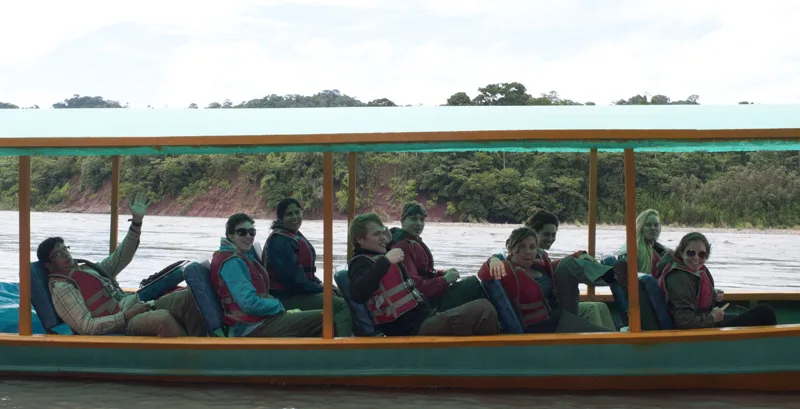

All together the tropical Andes have been dubbed the “global epicenter of biodiversity,” a conservation hotspot. This designation stems from the many endemic species found here and nowhere else in the world, and the many human threats that this region currently faces. The students had an opportunity to learn about many of these threats in this region, including illegal gold mining and large scale logging. Though some major human threats are present in this area, there is a concerted effort by various entities including governmental and non-governmental agencies to protect what remains, and this outdoor classroom presents the best way to learn about these threats and how best to solve them.
In this particular trip through the Madre de Dios region, students explored the rainforest canopy in a colossal Brazil nut tree via a suspended spiral staircase. At over 120 feet, students can see and listen to a whole new world of insects and birds, while also permitting a panoramic view of the Amazon.
The outdoor classroom took us to a tapir lick towards dusk, waiting on a suspended platform for their arrival. Field exercises also included mist-netting bats, tracking primates, and birding. Back at the field station at Villa Carmen, students have also been introduced to plant reintroduction experiments, flora and fauna sampling techniques, lectures from local field researchers, birding with expert guides, nighttime exploration with frog researchers, wildlife management modeling, and they are currently developing their own conservation plans for specific wildlife issues at Villa Carmen.
We expect a lot from our students and we hope to see them end up doing great things in life – no matter what path they choose. I personally hope that one of their greatest growth experiences stems from their time exploring the incredibly remote and biodiverse Amazon. It will likely be their generation who either sees it for the last time, or saves it for future generations to come.
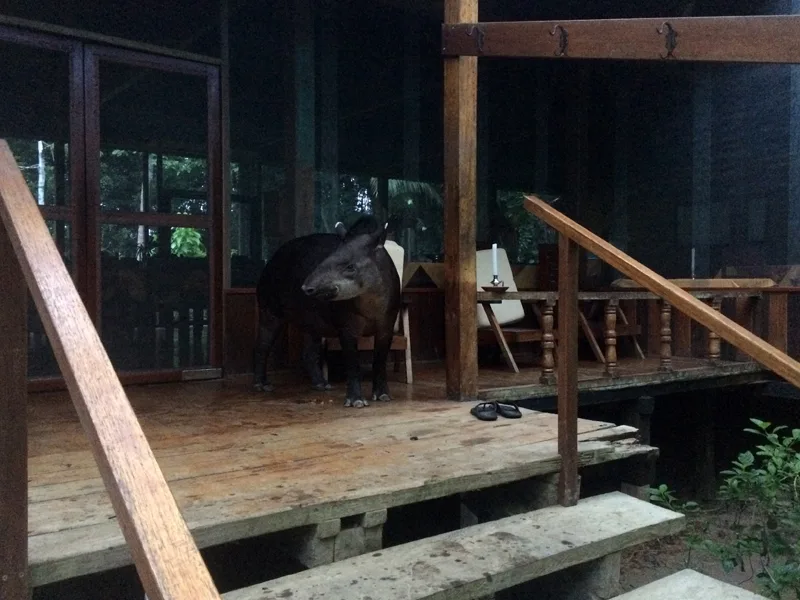
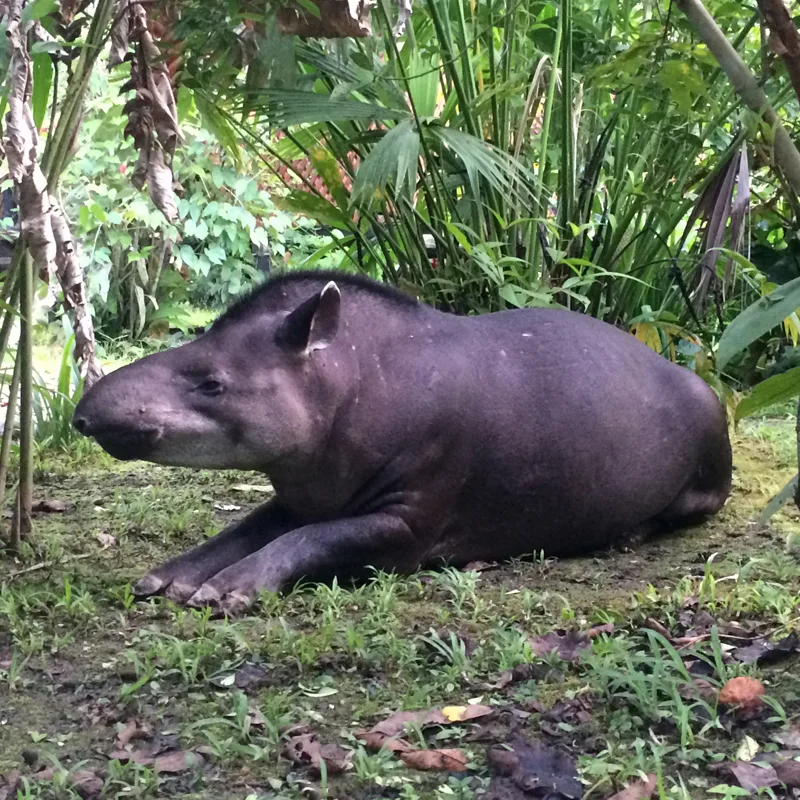

Related Posts
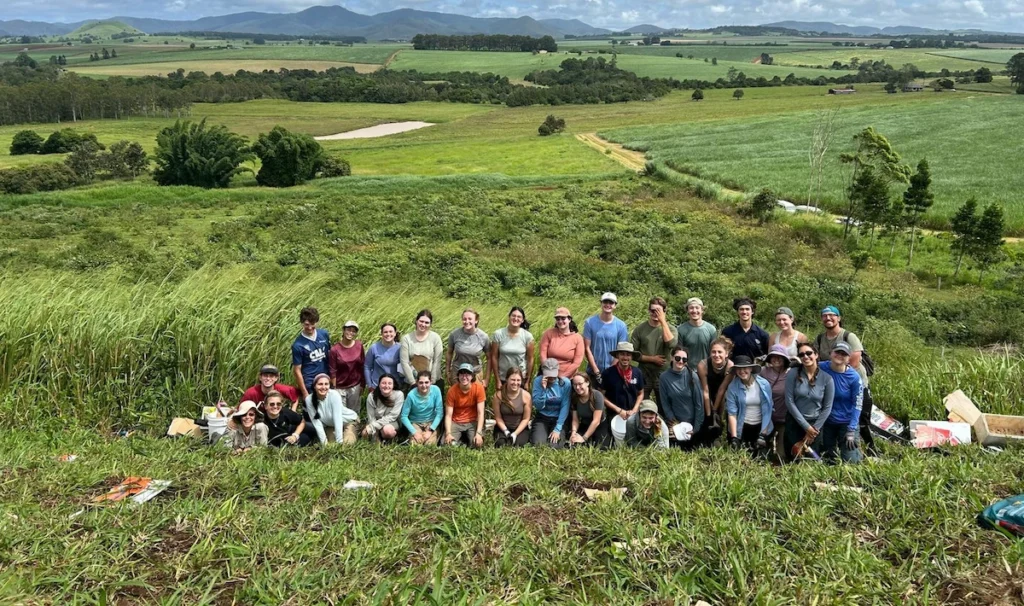
Cinder Cone Chronicles: Lessons from Drought, Data, and Determination
